We all want our motorcycle-maintenance endeavors to be productive and enjoyable, but things rarely go smoothly. It’s the nature of the work.
Thankfully, I’ve developed some habits that help eliminate the common stumbling blocks that used to derail my projects. They can be summarized as Prepare, Photograph, and Package.
Prepare
Before I dive into something new, whether it’s adjusting the valves on a new-to-me bike or fixing my refrigerator, I prepare with research. Between printed and digital manuals, online user forums, and YouTube, there are so many resources available, and a little preparation before you start a project is going to save you a ton of time and frustration, guaranteed.
So, set aside 20 minutes to read your bike’s workshop manual or review some videos to see what the steps are, what tools and supplies you’ll need, and if there are any specific tips or tricks for your bike. Any time you can get a walkthrough of a procedure before you do it you will be much better off than if you just rush in blind and hope to figure things out as you go.
Once you’re adequately prepared and are beginning to disassemble things, there’s another easy tip to help things go back together the way they should.
Photograph
Taking things apart is easy. Putting stuff back together? That can be a little tricky, especially if you can’t remember if the wiring harness went over or under the frame, or if that plug went to the right injector or left injector. That’s why when I’m taking things apart I use my phone to shoot photos. Lots and lots of photos.

Having a few photos, preferably shot from different angles so you have a comprehensive perspective, is like having a zoomable roadmap for reassembly. Pics are especially useful for control cable, wire, and hose routing. So the moment the tank comes off, or before I pull the airbox or start unplugging electrical connectors or hoses, I start snapping photos so I never have to guess what went where.
And after the parts have been removed, keeping them organized is going to speed up reassembly and eliminate leftover nuts and bolts.
Package
My wife, coworkers, and even neighbors know that I have a thing for Ziploc bags and cardboard boxes, the sturdier the better. I also keep a stack of paper lunch trays in my toolbox. This stuff — which can largely be sourced for free out of the trash — has been a key to my success in the shop.
How? The trays, bags, and boxes allow me to organize and package parts as I move through a project, so I don’t lose things or forget what they are or where they go. Whether I’m just removing a handlebar or assembling an entire engine, I don’t just set stuff down. I organize it on a tray (I’ve seen other mechanics use cupcake trays or egg cartons), and if the project isn’t going back together right away I’ll bag or box the parts, and label them.

Another tactic I use specifically with fasteners is to put them back where they belong. You took off the footpeg bracket or fender, but that doesn’t mean you can’t thread the bolts back into their holes. That keeps them safe and lets you know exactly which bolt goes where. It’s an especially useful strategy for bodywork when the bolts may only differ in length.
No matter how you decide to approach packaging stuff, as long as you’re taking strides to stay organized, it’s going to be a huge help.

And on that topic, my final tip, which is admittedly easier said than done, is to keep a clean work area. I pause periodically to put away tools, throw out trash, wipe down by workbench and sweep up debris. A tidy work area makes it easier to find the tool you need, not lose parts in the mess, and it just helps maintain focus and prevent overwhelm.
After an episode of The Shop Manual on this same topic went live on the Revzilla YouTube channel, commenters had some alliterative suggestions of their own. Here are two especially good bonus “Ps” from our YouTube audience.
Park it
@danfuller4850 commented on the video to suggest “a possible fourth P: Put down tools when you’re frustrated.” Working angry, hot, cold, or hungry are all things that will shorten your fuse and make you more likely to lose your composure. “Work with a calm head or not at all” was another viewer’s response.
Proper lighting
This one is so fundamental that I forgot to mention it. @mikedrei7834 wrote “Proper lighting! Having a couple of LED portable shop lights makes all the difference in seeing black tubes on a black frame over blacked-out engine parts.” With the prevalence of affordable and efficient LED shop lights, it’s easy to add 20,000 lumens to a space for $50.
So, the three Ps — or however many you choose to adhere to — are really simple strategies that have become a central part of all of my projects. If you’ve got tips that have helped you streamline working on your motorcycle, feel free to share them in the comments section below.


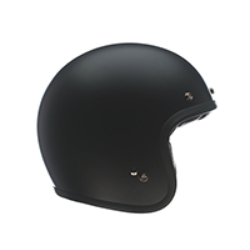

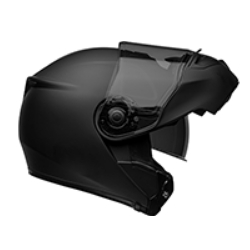

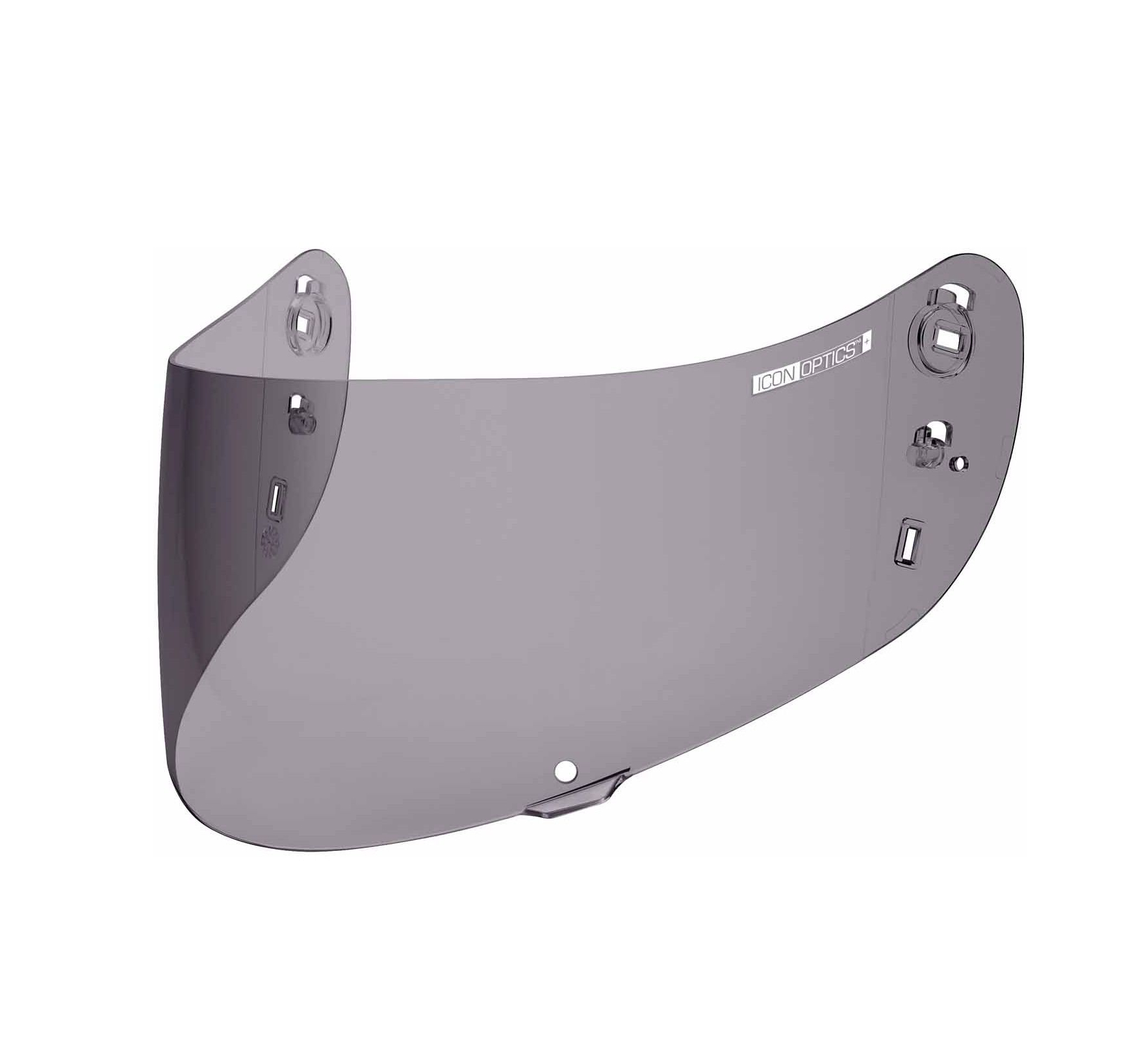
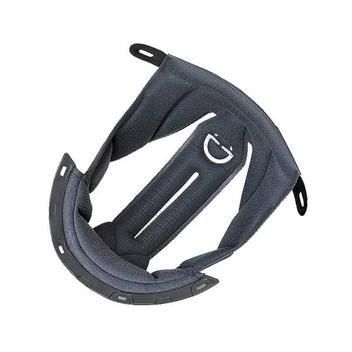
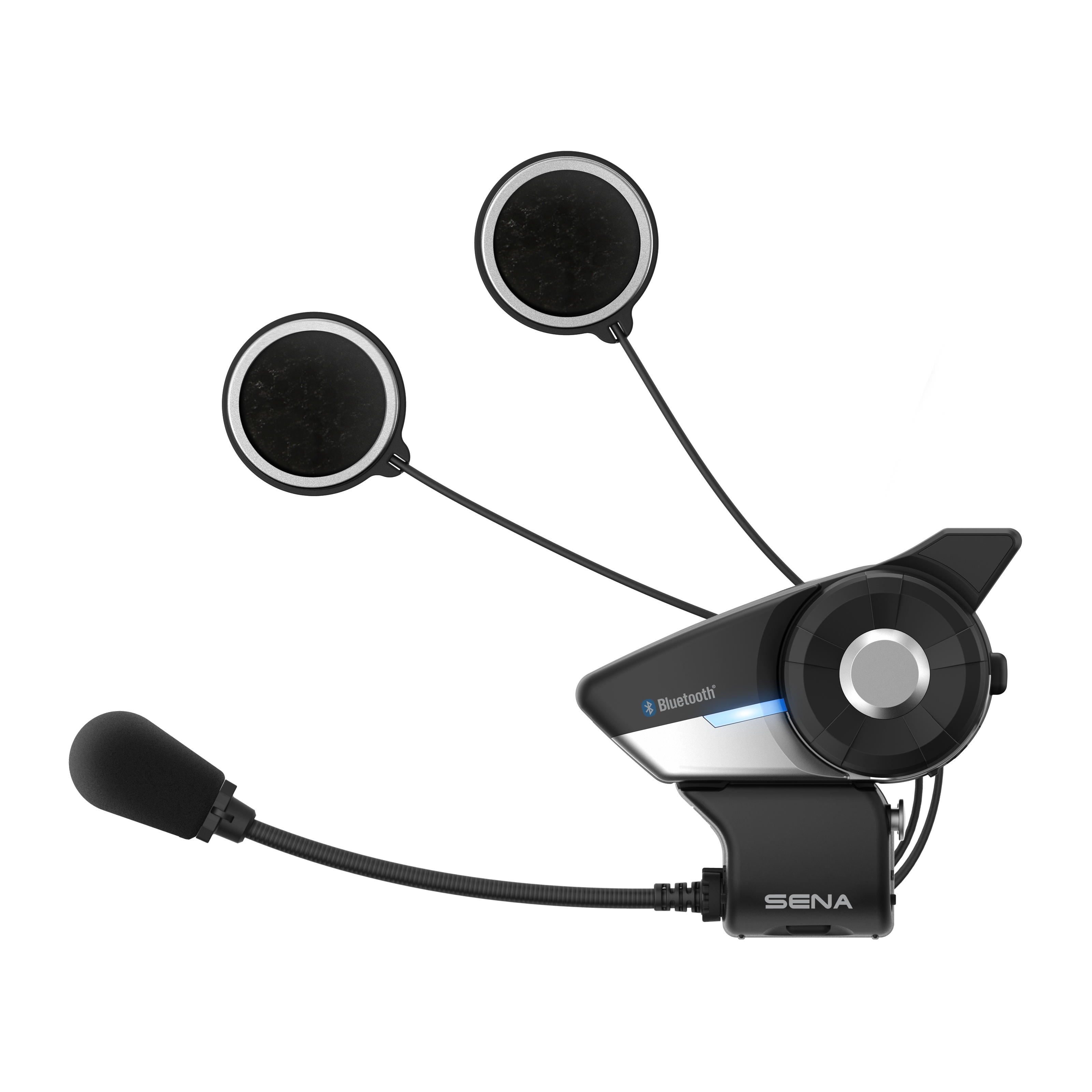
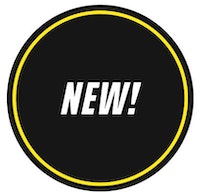

 Membership
Membership









